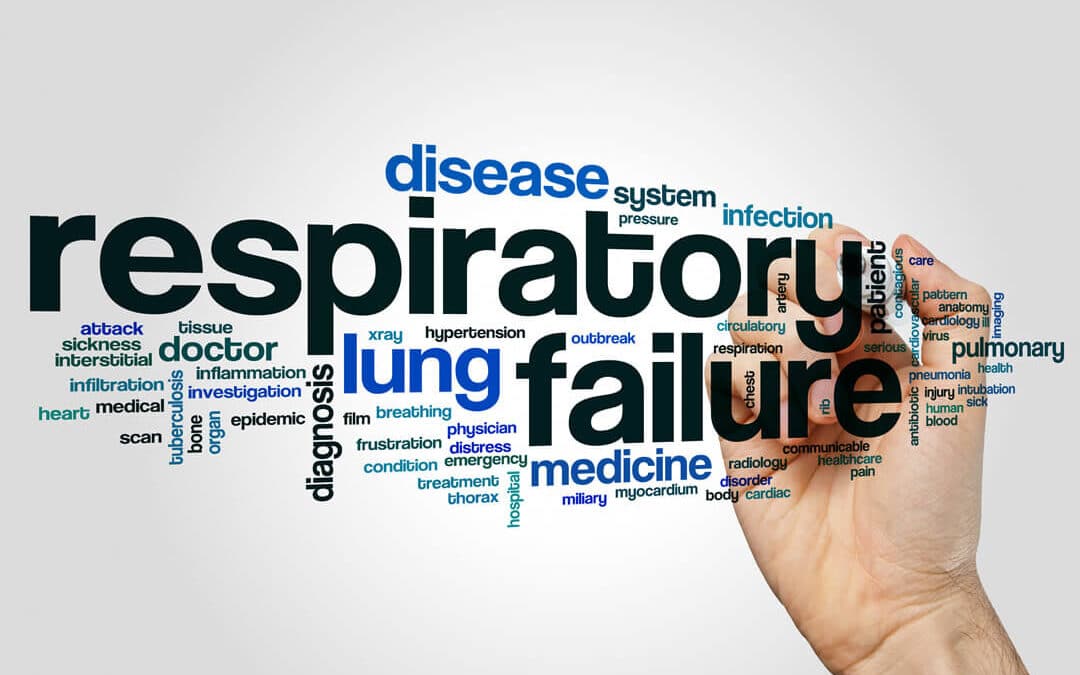Living with respiratory failure can be incredibly challenging. It affects your ability to breathe properly and can significantly affect your daily life. If you cannot work because of respiratory failure, you may be eligible for Social Security Disability benefits (SSDI). In this article, we will explore the process of receiving disability benefits for respiratory failure.
Understanding Respiratory Failure
Respiratory failure occurs when the lungs cannot effectively perform their primary function of gas exchange. This can cause low oxygen levels and high carbon dioxide levels in the blood, which can be detrimental to your overall health. Respiratory failure can be categorized as acute or chronic, with acute respiratory failure being a medical emergency and chronic respiratory failure requiring ongoing medical attention.
There are two types of respiratory failure: Type 1 and Type 2. Type 1, also known as hypoxemic respiratory failure, refers to a lack of oxygen in the blood. Type 2, also known as hypercapnic or hypercarbia respiratory failure, occurs when there is an excess of carbon dioxide in the blood.
Various medical conditions can lead to respiratory failure, including chronic obstructive pulmonary disease (COPD), pneumonia, chest injuries, and other underlying respiratory disorders.
Respiratory Failure and SSDI
To be eligible for SSDI benefits because of respiratory failure, certain criteria must be met. The Social Security Administration (SSA) employs a 5-step evaluation process to determine eligibility. If you are seeking disability benefits for respiratory failure, you will undergo the following steps:
- You show that your current monthly income is equal to or below the Substantial Gainful Activity (SGA) level set by the SSA. In 2024, the SGA is $1,550. Check here to see what the SGA is in the year you are filing for benefits.
- You must provide evidence of how respiratory failure limits your ability to perform simple work activities, such as
- sitting
- standing
- reaching
- pulling or pushing
- lifting or carrying
- simple cognitive reasoning
- You may present medical documentation that confirms your diagnosis of respiratory failure meets the SSA’s impairments listing for respiratory disorders. Under Listing 3.14 of the SSA Blue Book, individuals with chronic respiratory disorders, excluding cystic fibrosis, may qualify for disability benefits if they require one of the following treatments for a continuous period:
- Invasive mechanical ventilation
- Noninvasive ventilation with BiPAP
- A combination of both invasive mechanical ventilation and noninvasive ventilation with BiPAP
These treatments must have been provided continuously for at least 48 hours (or 72 hours if postoperatively), at least twice within 12 months, and with at least 30 days between each episode.
- The SSA will evaluate whether you can still perform any previous work you have done, considering the limitations caused by respiratory failure.
- The SSA will consider your age, education, prior work experience, and mental and physical capabilities to determine if you can perform any other type of work.
Getting Help Filing Disability for Respiratory Therapy
The process of obtaining disability benefits for respiratory failure can be complex and overwhelming. It is advisable to seek the help of a Social Security disability lawyer who specializes in handling such cases. A lawyer can provide guidance throughout the application process, help gather necessary evidence, and ensure the completeness and accuracy of your application. If your claim gets denied, a lawyer can help you with the appeal process and represent you at a hearing.
At Brock and Stout, our experienced disability lawyers have been assisting clients in navigating the disability process for over 27 years. We understand the challenges individuals with respiratory failure face and are dedicated to helping them secure the benefits they deserve. Contact us today for a free evaluation to see how we can assist you and your family during this challenging time.

